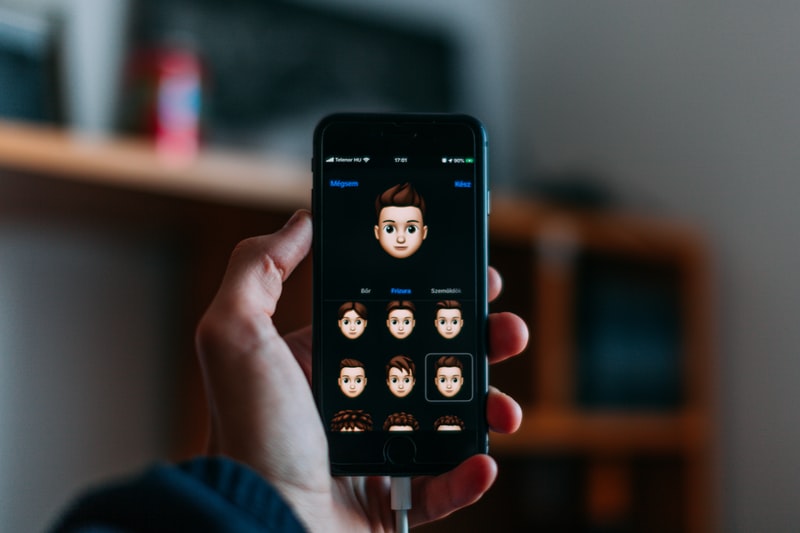Dark mode has gained significant popularity in recent years, providing users with a visually appealing and less straining alternative to the traditional light interface. It’s particularly beneficial for reducing eye strain in low-light environments and can help conserve battery life on OLED screens. If you’re considering implementing dark mode in your mobile app or website, this guide outlines the steps and best practices for a smooth transition.

Table of Contents
ToggleStep 1: Understand the Benefits of Dark Mode
Before diving into implementation, it’s essential to recognize the advantages of dark mode:
- Improved Readability: Dark mode reduces glare, making it easier to read text in low-light conditions.
- Battery Saving: On OLED screens, dark pixels consume less power, leading to longer battery life.
- Aesthetic Appeal: Dark mode can provide a modern and sleek look, enhancing user experience.
Step 2: Define Your Design Guidelines
When implementing dark mode, it’s crucial to establish design guidelines to ensure a consistent and user-friendly experience:
- Color Palette: Choose a color palette that includes dark backgrounds (e.g., shades of black or dark gray) and lighter text colors (e.g., white or light gray). Consider using color theory to ensure good contrast and readability.
- Accessibility: Ensure sufficient contrast between text and background colors to meet accessibility standards. Use tools like the WebAIM Contrast Checker to evaluate your color choices.
- Brand Consistency: Maintain your brand’s identity by incorporating brand colors in a way that fits the dark mode design.
Step 3: Implementing Dark Mode in Mobile Apps
For iOS Apps:
- Enable Dark Mode in Xcode:
- Go to your project settings in Xcode.
- Under the “Info” tab, add the “User Interface Style” key with the value set to “Dark.”
- Use System Colors:
- Utilize system-provided colors like
UIColor.label,UIColor.background, andUIColor.secondarySystemBackground, which automatically adapt to light and dark modes.
- Utilize system-provided colors like
- Adapt Custom Colors:
- If using custom colors, define them for both light and dark appearances using asset catalogs.
- Create a color set with the “Appearances” option to define different colors for light and dark modes.
- Test Dark Mode:
- Use the iOS simulator or a real device to test the dark mode functionality. Ensure all UI elements display correctly.
For Android Apps:
- Enable Dark Theme Support:
- In your
AndroidManifest.xml, set theandroid:themeattribute to use a dark theme when the system is in dark mode:
xml<application
android:theme="@style/AppTheme">
</application>
- In your
- Use Material Design Components:
- Use Material Design components that support dark mode. These components adapt their appearance based on the theme.
- Define Custom Colors:
- In your
res/values/colors.xml, define colors for light mode. Create ares/values-night/colors.xmlfile to specify colors for dark mode.
- In your
- Test Dark Mode:
- Use Android Studio’s layout inspector and emulator to test the appearance of your app in dark mode.
Step 4: Implementing Dark Mode on Websites
- CSS Media Queries:
- Use the
prefers-color-schememedia query in your CSS to detect users’ theme preferences:
css@media (prefers-color-scheme: dark) {
body {
background-color: #121212;
color: #ffffff;
}
}
- Use the
- Toggle Button:
- Consider adding a toggle button that allows users to switch between light and dark modes. Store the user’s preference in local storage or cookies.
html<button id="theme-toggle">Toggle Dark Mode</button>
javascriptconst toggleButton = document.getElementById('theme-toggle');
toggleButton.addEventListener('click', () => {
document.body.classList.toggle('dark-mode');
localStorage.setItem('theme', document.body.classList.contains('dark-mode') ? 'dark' : 'light');
});
const currentTheme = localStorage.getItem(‘theme’);
if (currentTheme === ‘dark’) {
document.body.classList.add(‘dark-mode’);
} - Testing and Optimization:
- Test your dark mode implementation across different devices and browsers to ensure consistent performance. Optimize loading times by minimizing file sizes and reducing image resolutions.
Step 5: Gather User Feedback
Once dark mode is implemented, gather user feedback to understand their experience and preferences. Monitor how often users switch between light and dark modes and adjust your design and functionality based on their input.
Step 6: Continuous Improvement
Dark mode is not a one-time implementation; it requires ongoing attention. Regularly update your dark mode design based on user trends, technological advancements, and best practices in UI/UX design.
Conclusion
Implementing dark mode in your mobile app or website can significantly enhance user experience, accessibility, and overall aesthetic appeal. By following the steps outlined above and keeping user preferences in mind, you can create a seamless and enjoyable dark mode experience. As dark mode continues to grow in popularity, staying ahead of user expectations will help you maintain a competitive edge in the digital landscape.


No responses yet